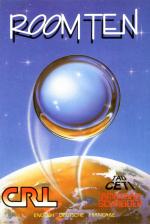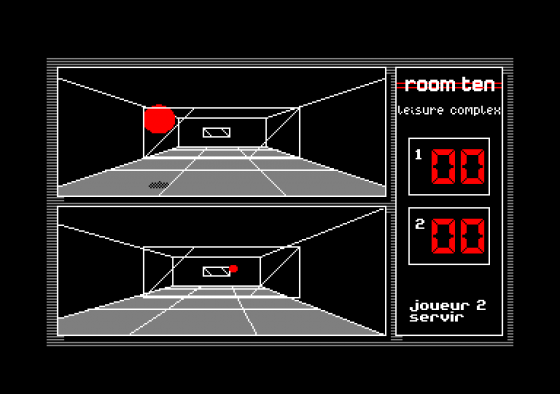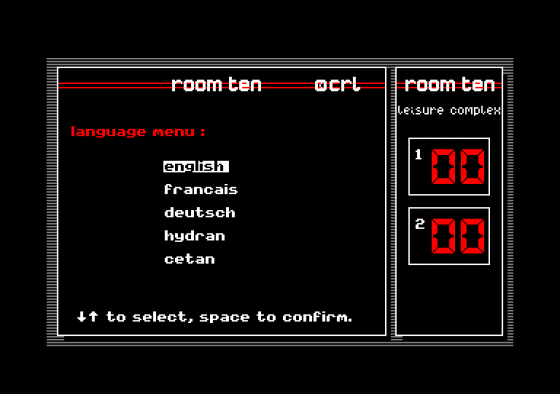Other Reviews Of Room Ten For The Amstrad CPC464
Room Ten (CRL)
Remember Tau-Ceti and the Galcorp - a pan-universal corporation that rules the cosmos. Galcorp also have a leisure services division. Mike Roberts took a step into the leisure centre and opened the door to Room Ten.
Room 10 (CRL)
A review
Room Ten (CRL)
A review


 1st September 1986
1st September 1986














